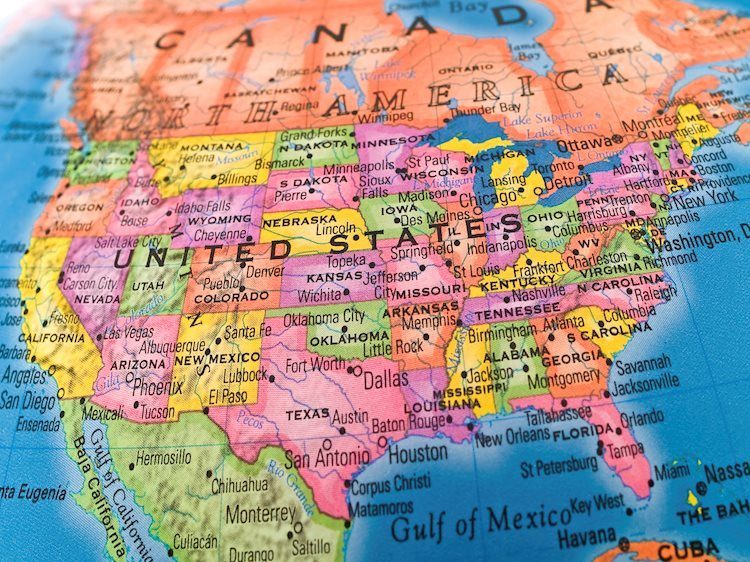The US Dollar (USD) remains under significant selling pressure at the start of the week, with investors focusing on the upcoming presidential election. Factory Orders for September will be the only economic data released in the US on Monday. Investors will also be closely watching the November Sentix Investors Confidence data from the Eurozone, as well as revisions to the October HCOB Manufacturing PMI for Germany and the Eurozone during European trading hours.
Despite disappointing labor market data on Friday, the USD Index managed to gain 0.4%. However, it opened the week with a bearish gap, resulting in a slide to a fresh two-week low below 104.00. US stock index futures were trading marginally higher in the European morning on Monday.
The US Bureau of Labor Statistics reported that Nonfarm Payrolls (NFP) in the US rose by 12,000 in October, missing market expectations of 113,000. The BLS attributed the low figure to possible effects from hurricanes, with the establishment survey not designed to isolate impacts from extreme weather events.
The US Dollar displayed weakness against major currencies, with the Australian Dollar emerging as the strongest against the USD. Meanwhile, the Euro (EUR), British Pound (GBP), and Japanese Yen (JPY) all saw changes against the USD. The heat map displays the percentage changes of major currencies against each other, with the base and quote currencies indicated.
EUR/USD saw a decline on Friday but remained positive for the week, benefiting from the USD’s weakness. GBP/USD showed bullish momentum at the start of the week, while USD/JPY reversed its direction on Friday. Gold experienced a sharp decline after reaching a record high, losing nearly 2% in the latter part of the week.
During Asian trading hours, Australia reported that the TD-MI Inflation Gauge rose to 3% on a yearly basis in October. The Reserve Bank of Australia is expected to announce monetary policy decisions on Tuesday, with the policy rate expected to remain at 4.35%. AUD/USD remained stable following a bullish start to the week.
The US Dollar is the official currency of the United States and is widely used in other countries alongside local currencies. It is the most traded currency globally, with monetary policy being a crucial factor affecting its value. The Federal Reserve shapes monetary policy, adjusting interest rates to control inflation and employment. In extreme cases, the Fed may resort to quantitative easing (QE) to increase credit flow, weakening the US Dollar. Quantitative tightening (QT) is the reverse process, which is typically positive for the US Dollar.































